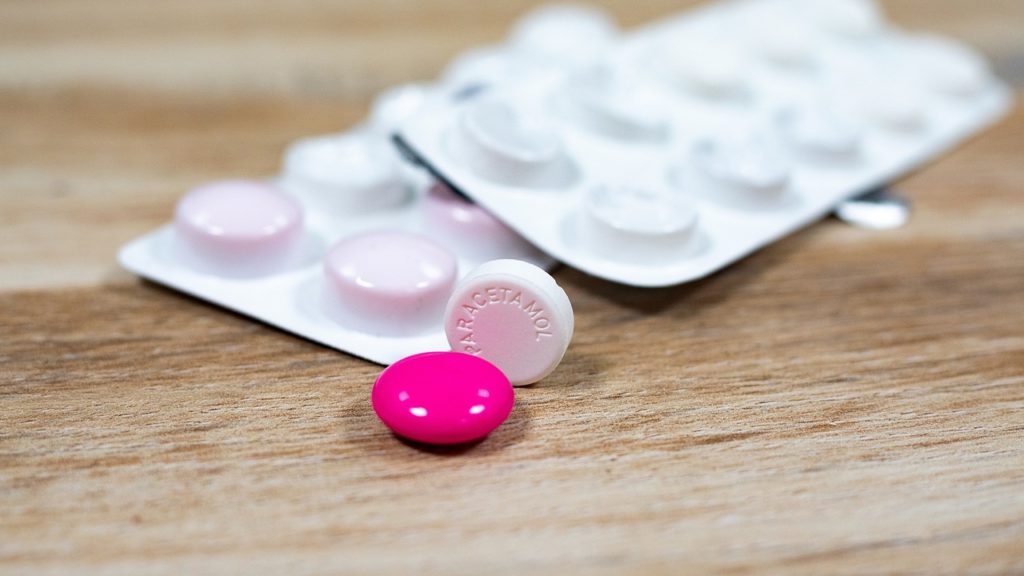
Autistic Masking is NOT What You Think…I wish I had known this earlier

Combining pelvic floor exercises with behavioural therapy could be more effective than current medical treatments at helping men with frequent urges to urinate, new research in men has found.
The results reveal that an app-based therapy significantly improves the lower urinary tract symptoms that many millions of men experience—hesitancy, straining, frequent urges to urinate, and effective bladder emptying. The full trial results are expected to be published later this year.
This could be useful to people with multiple sclerosis, diabetes, rheumatoid arthritis, and other conditions, as well as to the general population.
Carried out in Germany, this is the world’s first randomised controlled trial to look at combining pelvic floor training, behavioural therapy and bladder control techniques for mild, moderate and severe bladder emptying disorders in men, all delivered as an app-based therapeutic.
Bladder emptying disorders can start to appear from the age of 30 and typically affect a large proportion of men aged over 50.
While clinical guidelines recommend physiotherapy, behavioural therapy and lifestyle changes as a first-line treatment, clinicians often neglect them due to a lack of available evidence. Several unpleasant side effects are associated with the few drugs available, and surgery is only advised for those with severe symptoms.
Professor Christian Gratzke, from University Hospital Freiburg in Germany, who co-led the trial, explains: “Frequent urges to urinate and issues emptying the bladder are the most prevalent urinary conditions we see in men after urinary tract infections. While some drugs are available, they don’t tend to be effective, and up until now, there’s been little data available to back physiotherapy. We’re confident that we now have that data, and making this form of therapy available digitally could be a game changer for the millions of men who struggle day-to-day with issues emptying their bladder.”
The researchers recruited 237 men aged 18 across Germany into their 12-week study. Half the men were randomised to receive standard medical care, while the other half were given access to the Kranus Lutera app-based therapy alongside standard care. These participants were asked to record a urination diary, which was used to inform their treatment, and complete questionnaires about their symptoms’ severity and overall quality of life.
After 12 weeks, the trial found significant and clinically meaningful improvements in symptoms and quality of life measures from participants given the app-based therapy, who reported an average seven-point increase in symptom scores compared to those in the control group.
The study found that app-based therapy was more effective than medical therapy. No patients reported any side effects or challenges accessing the smartphone app.
The findings challenge the dogma of the 1980s and 1990s, when prostrate surgery was the first line of treatment for an overactive bladder, and offer a welcome alternative to drugs, say the researchers.
“Many men with bladder emptying disorders are ageing and have other medical conditions that require drug treatments,” says Professor Gratzke. “The limited drugs we have available aren’t suitable for these patients due to their side effects. For those with mild-to-moderate urinary symptoms, this digital therapy is without side effects and improves symptoms by a magnitude we have not seen before. Simply strengthening the pelvic floor makes all the difference, it’s a no brainer.”
Jean-Nicolas Cornu, Professor of Urology at the Charles Nicolle Hospital in France and member of the EAU Scientific Congress Office, said: “There has been little to no evidence to support training men to better control their bladders, despite this being recommended in clinical guidelines. This is the first randomised controlled trial looking at physiotherapy and behavioural therapy for bladder emptying disorders, and it shows a very positive effect over conventional drug treatment.
“We now need a bigger trial looking at the longer-term effect of this app-based therapy after 12 weeks for different forms of bladder emptying disorders. If offered widely, this treatment could dramatically change clinical practice, and could relieve symptoms without exposing patients to drugs. We could save a lot of unnecessary prescriptions for drugs that tend to be of little benefit.”
The researchers compared data from men whose symptoms were due to overactive bladder with those whose symptoms were due to an enlarged prostate. They found that both groups benefited from the therapy. However, it did not compare the effect of therapy on different forms of bladder emptying disorder.

A new study by investigators from Mass General Brigham demonstrated that a remote team focused on identifying, educating and prescribing therapy can improve guideline-directed-medical-therapy (GDMT) adherence in patients with type 2 diabetes and high cardiovascular and/or kidney risk. The research team observed that patients who received education simultaneously with medication management demonstrated a higher rate of medication uptake and initiated treatment earlier compared to patients who received education over two months before medication management. Their results were presented at the 2024 American College of Cardiology’s Annual Scientific Session and simultaneously published in Circulation.
“Our results suggest that patients are more inclined to adhere to therapy when approached with education and treatment simultaneously and immediately,” said corresponding author Alexander J. Blood, MD, MSc, who presented the results. Blood serves as an attending physician in the Division of Cardiovascular Medicine and the Heart and Vascular Center at Brigham and Women’s Hospital, a founding member of the Mass General Brigham healthcare system. “Providers should ‘strike while the iron is hot.’ If a patient is already interested in investing in their health and willing to meet with you, that’s the time to initiate treatment while providing educational resources.”
Type 2 diabetes, which increases an individual’s risk of cardiovascular and kidney events, affects millions of adults in the United States. Medications such as SGLT2 inhibitors and GLP-1 receptor agonists can improve cardiovascular and kidney outcomes in patients with type 2 diabetes, but data from clinical trials and society recommendations have not led to widespread adoption and utilization of these therapies.
To investigate the impact of patient education on prescription acceptance and therapy uptake, the research team conducted a parallel, randomized, open-label clinical trial. The study was funded by the Novo Nordisk Foundation. They enrolled 200 adult patients with type 2 diabetes at Mass General Brigham, who were at elevated risk of cardiac and/or kidney complications. Patients were randomly assigned to one of two groups. The “education-first” group received a dedicated two-month period of education, consisting of curated patient-centric videos on disease management and medication, prior to treatment initiation via an online portal. The second “simultaneous” group had access to the educational videos but received patient education concurrently with the initiation of their treatment.
Both groups received treatment through a research and clinical care management platform designed and created by the Accelerator for Clinical Transformation at Brigham and Women’s Hospital and Mass General Brigham, which facilitated care coordination among patient navigators, pharmacists, nurse practitioners and physicians. These healthcare professionals guided patients through every step of their engagement with health care and streamlined communication. The platform is part of Mass General Brigham’s larger efforts to transform healthcare delivery by helping patients access services and monitor health from home, especially at a time when hospitals are regularly operating over capacity.
Patients were followed for six months from enrollment or one month after medication initiation, whichever duration was longer.
While patients in both groups experienced benefits such as weight loss and reductions in blood glucose levels by the end of the study, those who received simultaneous education demonstrated a higher retention rate. Specifically, 60 percent of patients in this group were confirmed to have taken their prescribed therapy, compared to 44 percent in the “education-first” group. Additionally, contrary to initial predictions, patients in the “education-first” group did not engage more with the educational platform than those in the simultaneous group.
While the findings suggest that a pre-treatment education period may not be the solution to medication adherence issues, they underscore the potential of remote, team-based care delivery. This approach holds promise in facilitating the implementation of new therapies, bridging care quality disparities, and enhancing healthcare outcomes across diverse populations. The authors describe how the flexibility inherent in remote treatment may extend access to care, particularly benefiting traditionally underserved populations or individuals with busy schedules. Moreover, the inclusion of a patient navigation team fosters ongoing patient-provider communication, providing the personalized support necessary for sustained patient engagement in their care.
“We strongly believe that remote care programs that leverage non-licensed navigators, clinical pharmacists, and team-based care, together with a care delivery platform, will improve operational efficiencies and communication and thereby address many of the persistent problems in health care,” said Benjamin M. Scirica, MD, MPH, principal investigator of the DRIVE study and director of the Accelerator for Clinical Transformation. “On a broader scale, programs like this enhance access, elevate patient outcomes, reduce physician burden, and promote the appropriate utilization of guideline-recommended medications.”